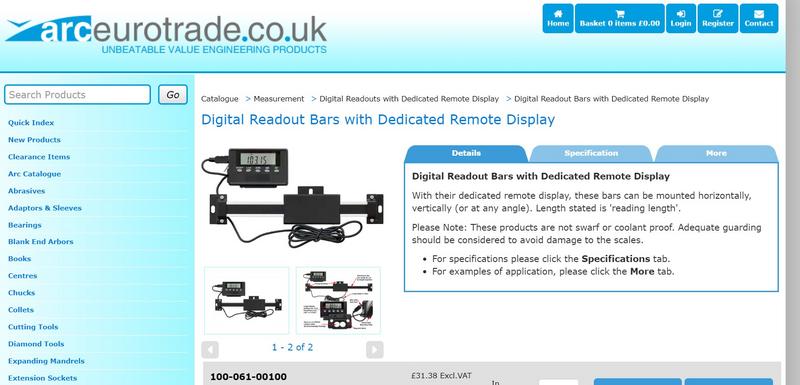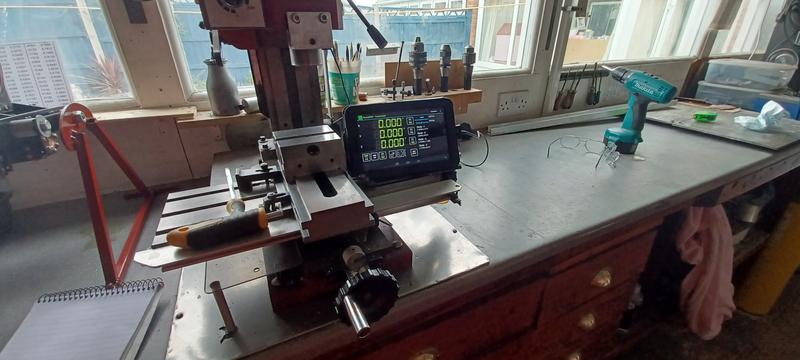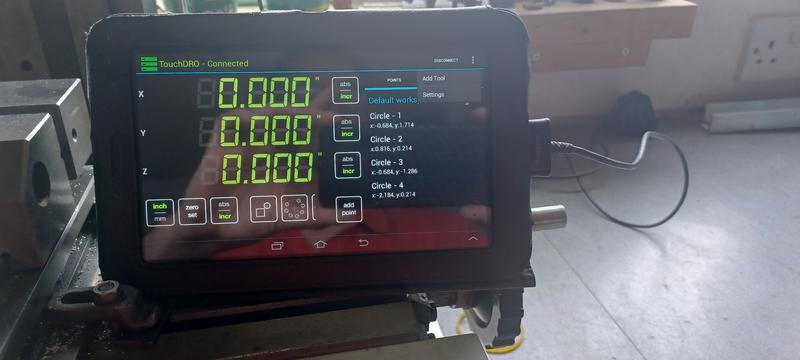SirJohn,
If you include your location we will be better able to link you with a source.
Taking Your Questions:
2. Most likely you will have to drill and tap some holes, but the DRO will help your work in so many ways it is well worth it. You have a new machine, so you are not modifying a priceless classic. Measure lots of times before drilling and take your time. I strongly recommend you get some new top-quality drills and taps before you start, once you know the sizes you need. I also recommend that you use the same thread standard as your machine, most probably metric on a new machine: Even if you are more comfortable with inches.
1. If you are in the U.S. you should visit:
DRO PROS Digital Readout beats Heidenhain Newall Acurite Sargon Fagor I have no ties to them, but I bought a system from them last year and I was very happy with the product and their help. In advance of purchase I called them and they spent some time on the phone answering my questions and were able to quote a system specifically for my mill. Their website is very helpful even if you can't use them as a source. I also suggest you read some of the posts on this forum from those who have installed DROs.
I wanted a GOOD system as I tried one of the small scales and readers that sold for around $100.00 and I was very disappointed with that. What I got was a 3-axis system with a mid-range mill-specific display and that uses magnetic scales: It cost around $1200.00. With only two axes, or with glass scales, it would have been $800.00. The ability to cut the magnetic scales and their smaller size made installation easier and made the installation less "clunky." See the DRO PROS website to understand the terminology and the rationale I followed to make my decisions.
I'm wishing you the best of luck with this and I'd like to see you post your process when you do it.
--ShopShoe











































































